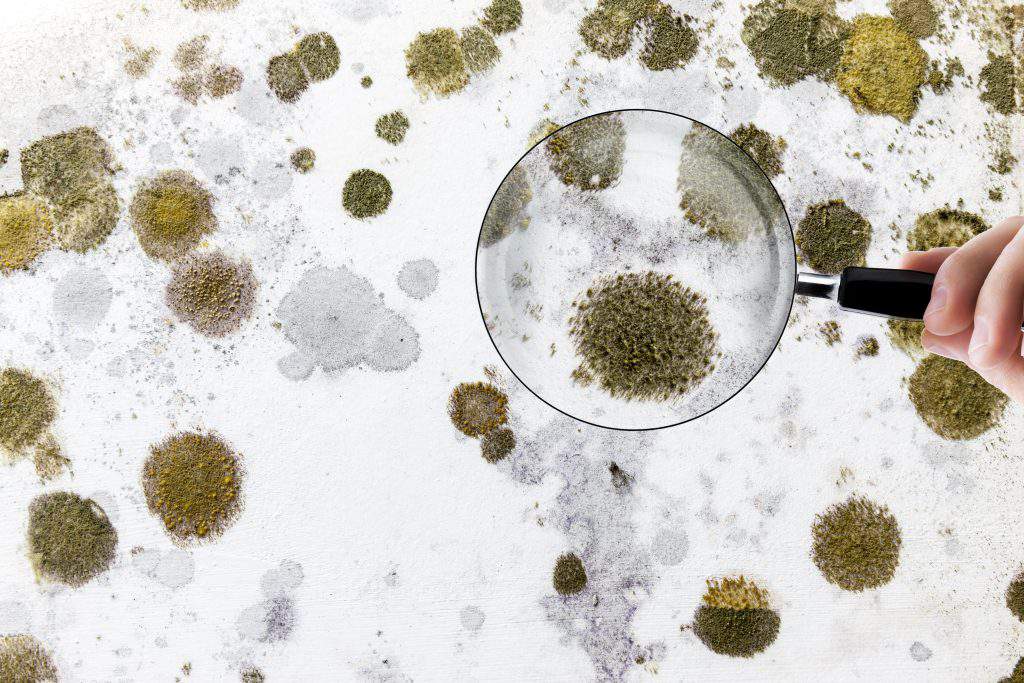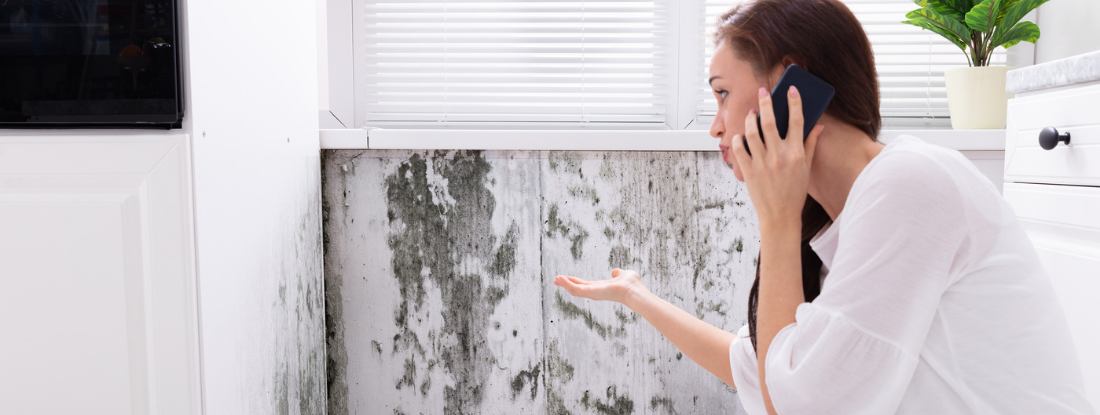After Mold Remediation Techniques for Tidy Rooms
Secret Steps for Successful Article Mold And Mildew Remediation
Successfully finishing mold and mildew removal is a diverse procedure that needs attention to detail and adherence to particular protocols. These actions not only verify the success of the remediation efforts however additionally add to protecting against future mold and mildew development.
Assessment of Treated Areas
Upon completion of the mold and mildew removal process, a thorough assessment of the dealt with areas is vital to ensure the effectiveness of the removal efforts. This examination acts as an essential step in the post-remediation stage to confirm that the mold and mildew removal and cleaning treatments succeeded in eliminating the mold infestation and restoring a safe interior setting. The evaluation needs to be carried out by qualified specialists that have the proficiency to examine the remediated locations meticulously.
Throughout the evaluation, different aspects are reviewed to identify the success of the removal procedure. These consist of visual evaluations to inspect for any indicators of mold and mildew development or water damage, moisture levels to validate that the location is dry and cost-free of excess humidity that might advertise mold re-growth, and air top quality screening to make sure that the indoor air is risk-free to breathe. Additionally, the inspection might include utilizing specialized tools such as wetness meters and thermal imaging cameras to spot hidden mold or wetness pockets that could lead to future mold troubles if left unattended. In general, a detailed inspection of the dealt with areas is vital to validate the effectiveness of the mold remediation efforts and offer satisfaction to the occupants of the residential property.

Dampness Control Procedures
Reliable wetness control measures are vital for protecting against mold and mildew development and keeping a healthy indoor atmosphere. To accomplish this, it is critical to address sources of wetness within the structure. Appropriate ventilation is essential to controlling moisture levels. Installing exhaust followers in restrooms and kitchen areas can help remove excess wetness. Additionally, using dehumidifiers in wet areas can help in reducing humidity levels, making it harder for mold to thrive.
Routinely evaluating and maintaining the structure's outside can also prevent wetness invasion. Post Mold Remediation Report. Making sure that seamless gutters are clear, downspouts straight water away from the foundation, and the roof covering remains in excellent condition can help avoid water from leaking right into the structure. Correctly securing doors and windows can also aid keep moisture out
Any type of spills or leaks need to be cleaned and dried within 24-48 hours to prevent mold growth. By applying these wetness control steps, the risk of mold and mildew returning can be substantially reduced, creating a healthier interior atmosphere.
Correct Air Flow Assessment
An important facet of making certain a healthy indoor setting post mold and mildew remediation is conducting a complete analysis of the browse around this web-site air flow system. what to do after mold remediation. Proper ventilation assessment plays an essential duty in avoiding future mold development and maintaining air top quality within the damaged area. Throughout the evaluation, experts examine the performance of the ventilation system, looking for any type of clogs, leaks, or malfunctions that could impede correct air flow. It is necessary to guarantee that the air flow system is effectively sized for the room it serves and that it satisfies industry requirements for air exchange prices.
Additionally, assessing the air flow system consists of analyzing the circulation of air throughout the location to identify any kind of locations of inadequate circulation where moisture and contaminants can collect. Correct ventilation not only aids in controlling moisture degrees however also aids in getting rid of air-borne mold spores and other toxins, consequently enhancing total indoor air top quality. By dealing with any kind of ventilation issues upload mold removal, home proprietors can create a healthier and more comfortable setting for passengers while minimizing the threat of mold re-infestation.
Cleansing and Disinfection Protocols
To guarantee thorough mold and mildew removal, thorough adherence to details cleansing and sanitation methods is imperative. Cleansing and disinfection procedures play a crucial duty in the post-mold removal phase to protect against the reappearance of mold growth and ensure a secure and healthy environment.
In addition, carrying out preventive steps such as applying mold and mildew inhibitors and preserving appropriate ventilation can aid minimize the danger of future mold invasions. By complying with stringent cleaning and disinfection methods, home proprietors can guarantee the successful obliteration of mold and mildew and create a healthy interior atmosphere for residents.
Tracking and Upkeep Plan
Applying a routine surveillance and upkeep strategy is crucial for guaranteeing the lasting efficiency of mold and mildew remediation initiatives. Once mold remediation is finished, it is essential to develop a tracking routine to review the success of the removal process. This involves consistently examining the previously impacted areas for any type of indicators of mold and mildew reoccurrence or water damage. By carrying out regular checks, any new mold development can be immediately determined and resolved, preventing a reoccurrence of the first issue.
In addition, developing a maintenance strategy is crucial to stopping future mold issues. Regular our website upkeep not only assists in protecting against mold yet likewise contributes to preserving a healthy and balanced interior setting - Post Mold Remediation Report.
Final Thought
In verdict, effective message mold and mildew removal includes comprehensive assessment of treated locations, application of moisture control actions, analysis of appropriate ventilation, adherence to cleansing and sanitation protocols, and facility of a tracking and upkeep plan. These vital actions are vital to make sure that mold and mildew growth is effectively removed here are the findings and avoided from recurring in the future. By following these standards, building owners can maintain a risk-free and healthy setting for owners.
Upon completion of the mold removal process, an extensive examination of the dealt with locations is vital to make certain the performance of the remediation efforts. These include aesthetic evaluations to check for any signs of mold and mildew growth or water damages, dampness levels to verify that the location is dry and complimentary of excess moisture that could promote mold and mildew re-growth, and air quality screening to make sure that the interior air is secure to take a breath. Additionally, the evaluation may involve making use of specialized devices such as dampness meters and thermal imaging cameras to spot hidden mold or moisture pockets that can lead to future mold and mildew problems if left unchecked. By dealing with any type of ventilation issues upload mold and mildew removal, building owners can develop a healthier and more comfortable atmosphere for owners while reducing the danger of mold and mildew re-infestation.
